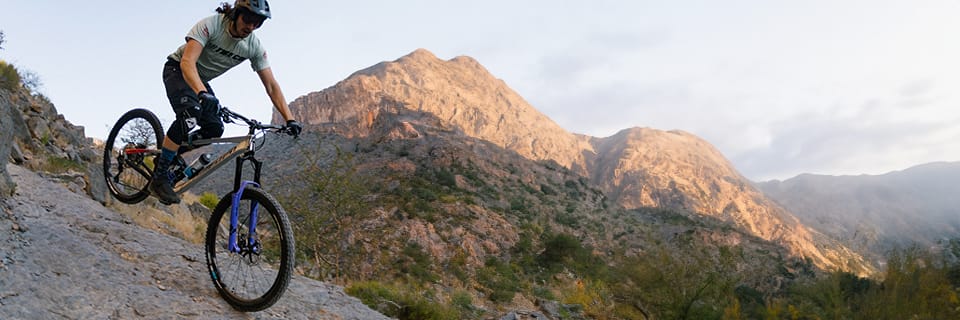Mountain bike crankset triple, double or mono? Hollowtech II, GXP or BB30 axles? It's easy to get lost in this jungle of standards... Here's what you need to know.
The standards
- Axle types : Hollowtech, GXP, BB30,...
- Number of platens: 1, 2 or 3
- Compatibility with number of speeds: 9, 10, 11 or 12
- Crank length: 165, 170 or 175 mm
- Q Factor
- Gears
Crankset types
The first thing to consider when choosing a crankset is the bottom bracket of your frame. In fact, depending on the brand, there are different axle standards. To help you identify what you need, here's a list of the most common:
If the bottom bracket axle is part of the bottom bracket shell :
- a Octalink 2nd version: cylindrical axle, 8 splines, 9 mm long.
- b ISO square: 12.5 mm tapered square shaft at shaft end.

If the bottom bracket axle is part of the crankset, also known as a through axle:
 |
 |
 |
|
Hollowtech II, X-type, Megaexo 24 mm diameter axle a. |
GXP 22 mm diameter left-hand axle b1, 24 mm right b2. |
BB30 30 mm diameter axle c. |
 |
 |
|
|
SRAM Dub 28.99 mm diameter axle c. |
PRAXIS M30 28 mm diameter axle, left e1, 30 mm right e2. |
|
REMINDER In the case of the Hollowtech II, X-type, Megaexo and GPX, there are 2 axle lengths depending on the frame's bottom bracket. The axle can be around 115 mm for a 68/73 mm bottom bracket, or around 130 mm for an 83 mm bottom bracket.
Please note that in Fat Bikesthere are 2 standards for bottom bracket axle length, which differ according to the length of the rear wheel axle.
For the number of chainringsToday's trend is to limit the number of front chainrings and increase the number of rear gears. Reducing the number of front chainrings eliminates gear duplication and improves transmission life. Today, the ultimate transmission is the 1x12 speed: progressive ratios, no duplication, simpler, more reliable and lighter.
Like the rest of the transmission, the crankset is designed to operate under a gear standardSo you can't combine a 9-speed crankset with a 10V transmission, for example.
You can choose from several crank lengths between 165, 170 and 175 mm. It's important to choose a crank length in proportion to the size of your legs.
To find the crank length that's right for you, here's the calculation:
- Inseam less than 81 cm: 165 mm cranks.
- Between legs 81 and 86 cm: 170 mm cranks.
- Over 86 cm inseam: 175 mm cranks.

We remind you, however, that longer cranks offer greater leverage, so you'll need to exert less force; conversely, shorter cranks mean you'll have less distance to cover to make a pedal turn, making it easier to increase your pedaling cadence. But this phenomenon is not obvious to an amateur.
For some models, you can also choose the distance between the two pedal mounting points called Q-Factor*. The average value is around 170 mm. Above the average value the crankset will be particularly wide for greater stability on the bike, below it will be narrower to facilitate pedaling.

CAUTION : some frames won't accept a crankset with too low a Q-Factor, otherwise the cranks will bump into your frame's chainstays.
The toothing works in the opposite way to cassettes: the fewer teeth the chainring has, the less effort you'll have to put into turning the cranks. Ideal for uphill riding!
Which crankset for my riding?
When it comes to replacing cranksets, you don't necessarily have a choice beyond quality and teeth. The choice will depend on the type of gearbox (axle compatibility) and the number of chainring(s)/gears given by the shifters and derailleurs.
If you're starting from scratch :
-
Hiking
For touring, a double chainring will give you maximum versatility, with a 24/36 gear and an 11/36 cassette.
-
Cross-Country
For Cross-Country outings, a competitor will appreciate the efficiency and reliability of a 32-tooth single-plate assembly and an 11-speed 10/42 or 11/42 cassette, or even a 12-speed. For greater responsiveness, prefer a semi-rigid mountain bike with this type of assembly.
-
All-Mountain /Enduro
For All-Mountain or Enduro riding on your full-suspension mountain bike, you can opt for reliability with an 11-speed, 30-tooth single-plate assembly, or for versatility with a 24/38 double-plate assembly and an 11/36 cassette.
-
DH / Freeeride
When it comes to DH/Freeride, a 32-38-tooth single chainring and chain guide is the obvious choice for reliability.
Découvrez tous nos conseils & Tutoriels
MTB - Cranksets and Cranks
-
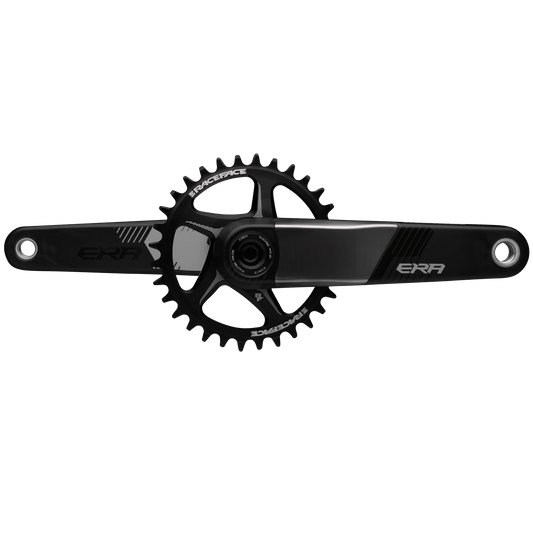
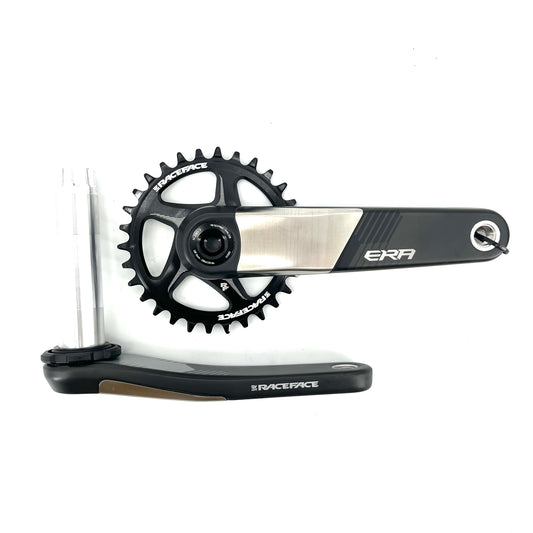
RACE FACE ERA CINCH Carbon Mono crankset
Regular price 199,90 €Regular priceUnit price per -
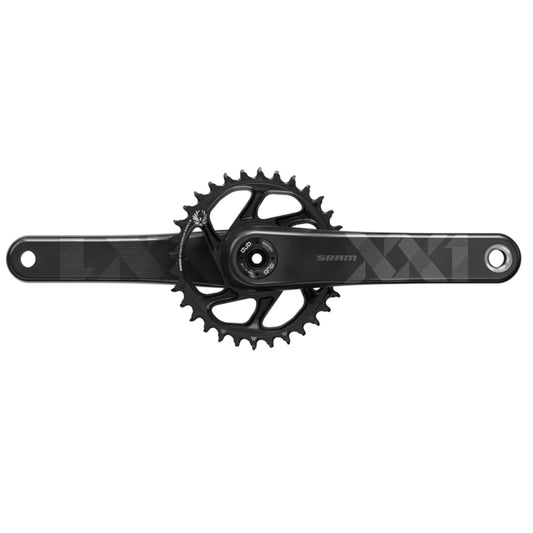
SRAM XX1 SL EAGLE DUB BOOST 12 Speed Mono crankset Black/Grey
Regular price 299,90 €Regular priceUnit price per -
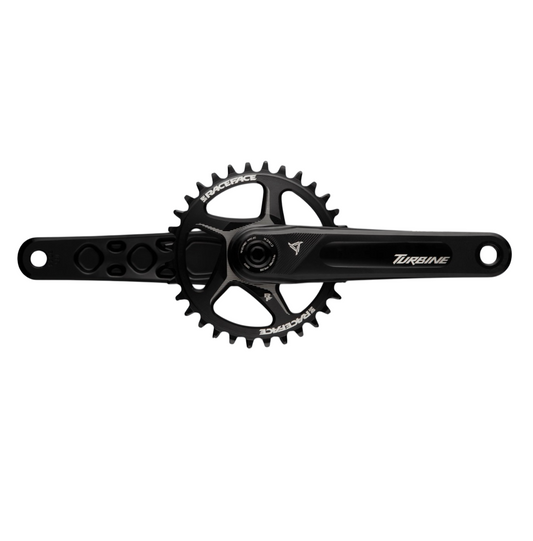
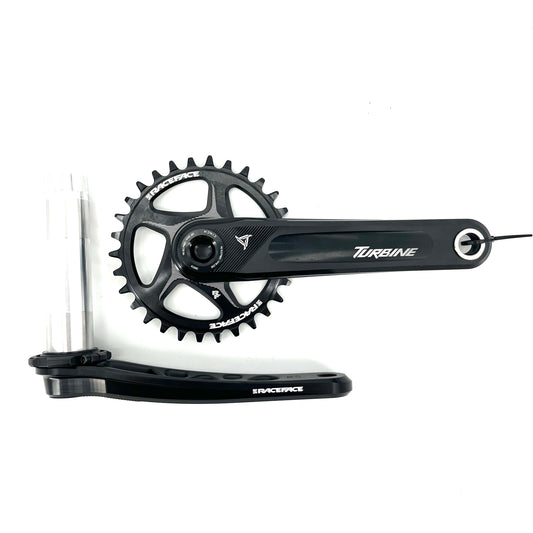
RACE FACE TURBINE CINCH Mono crankset
Regular price 64,99 €Regular priceUnit price per -
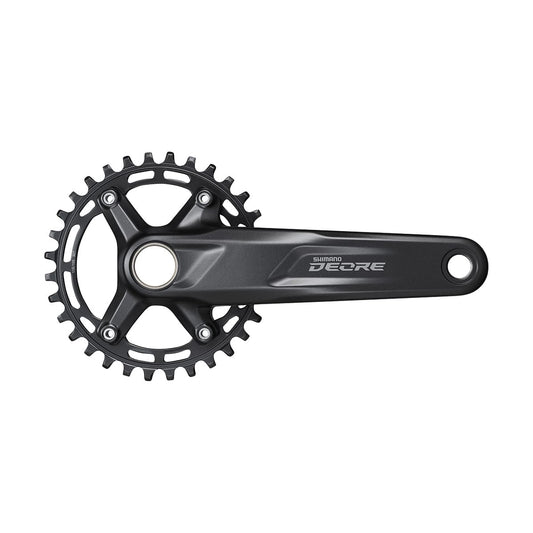
Mono crankset 10/11 Speed SHIMANO FC-M5100-1
Regular price From 59,99 €Regular priceUnit price per -
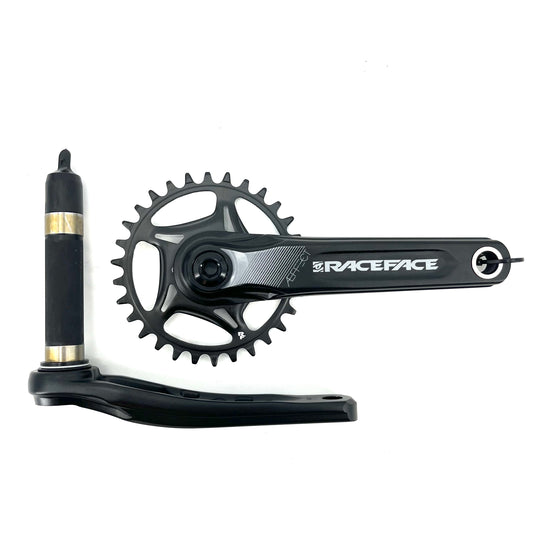
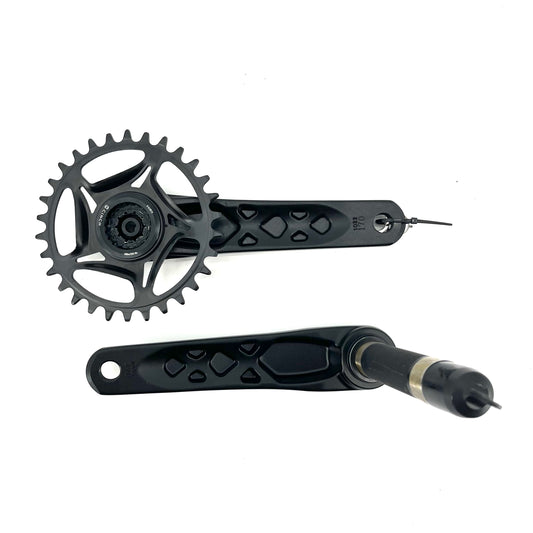
RACE FACE AEFFECT CINCH Mono crankset Black
Regular price 49,99 €Regular priceUnit price per -
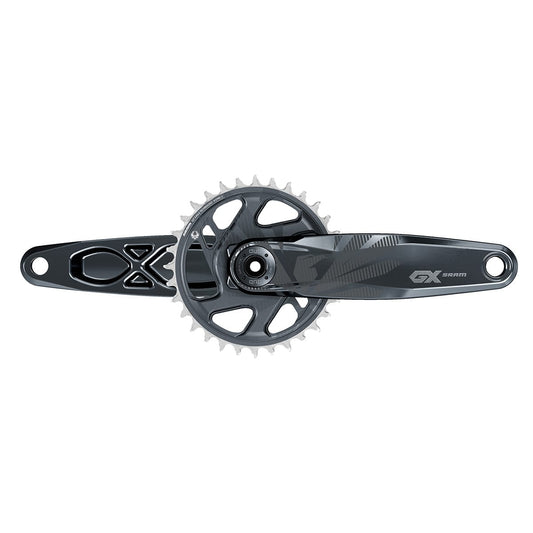
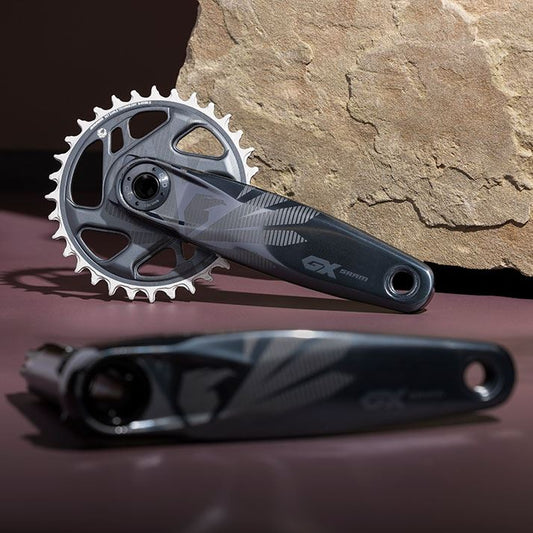
Mono crankset 12 Speed SRAM EAGLE GX DUB BOOST Lunar
Regular price 109,90 €Regular priceUnit price per -
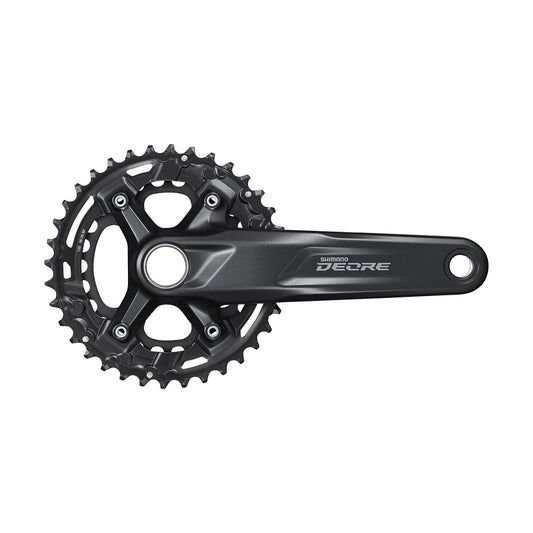
Crankset 10 Speed SHIMANO FC-M4100-2
Regular price From 63,99 €Regular priceUnit price per -
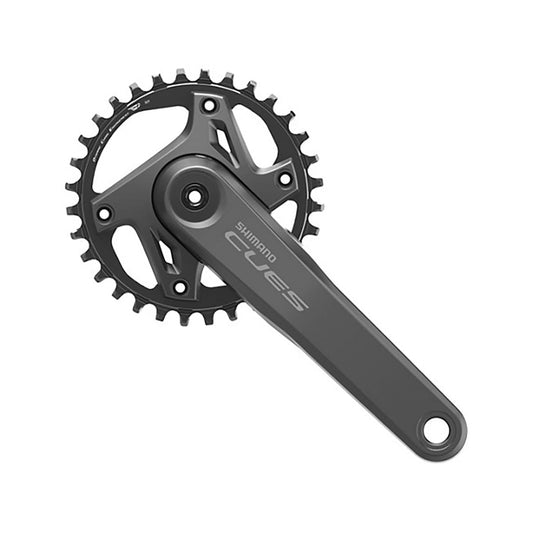
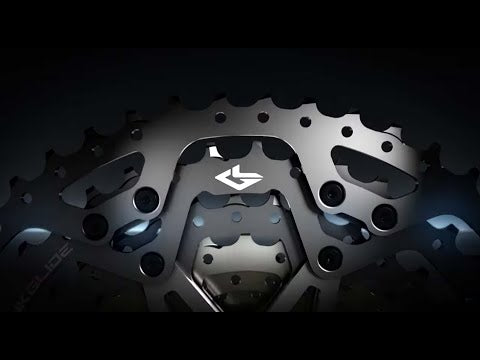
Mono crankset 9/10/11 Speed SHIMANO CUES FC-U6000 LinkGlide
Regular price 49,99 €Regular priceUnit price per
